New Paper Introduction: Kadoide Washi from Niigata, Japan
In the mountainous region of Niigata, Japan lies the papermaking studio of Kadoide Washi headed by Yasuo Kobayashi and his wife Kikuko. I had the pleasure of visiting Kobayashi-san and his family at his studio in September 2022. The town of Kashiwazaki is located two hours northwest of Tokyo by train and the papermaking studio is a 20 minute drive from the nearby train station. Although it was still September when I visited and the surrounding mountains and forests were a lustrous green, I was told that in prime winter, the landscapes I was seeing would turn entirely white to be covered in heavy snow. Winter and snow are words that came up in conversation numerous times during my visit, as the winters in those regions are harsh and unavoidable.
Kobayashi san was born and raised in Niigata and has spent his whole life in this region. He knows firsthand both the immense beauty and the precarious fierceness of nature and what it means to coexist with mother nature and often work around the conditions. For reference, certain areas of Niigata Prefecture receive up to 8m (26 feet) of snow a year!
Kobayashi san refuses to call himself a papermaker, but a ‘farmer’ that occasionally makes papers on the side. Aside from paper, he maintains his own kozo and rice fields. He also grows his own vegetables and cares for a flock of hens that lay eggs daily. He is of course being extremely humble, as Kobayashi-san founded the Kadoide Washi Association in 1976 and since then has been working tirelessly to promote Kadoide papers as well as educate people on traditional Japanese papermaking methods. He has also been deeply involved in projects to stimulate the development of washi, promoting exchanges between urban and rural areas, repairing thatched houses and recreating them as lodging that visitors can stay at. Kadoide Washi is most known for partnering with the sake company Asahi Shuzo to make handmade papers for their Kubota brand in 1985 and have been producing papers for the sake labels ever since.
Hiromi Paper is thrilled to introduce four new papers from Kadoide Washi. All of the papers have been snow bleached, where the kozo bark is laid out in the snow to bleach naturally. Kadoide paper is also unique in the bamboo screens that are used. A Kobayashi original, his “udasu” screens are made with bamboo strips of differing widths woven alternately to create more depth in the laid lines. Kadoide Washi is available in three weights (19gsm, 32gsm and 89gsm).



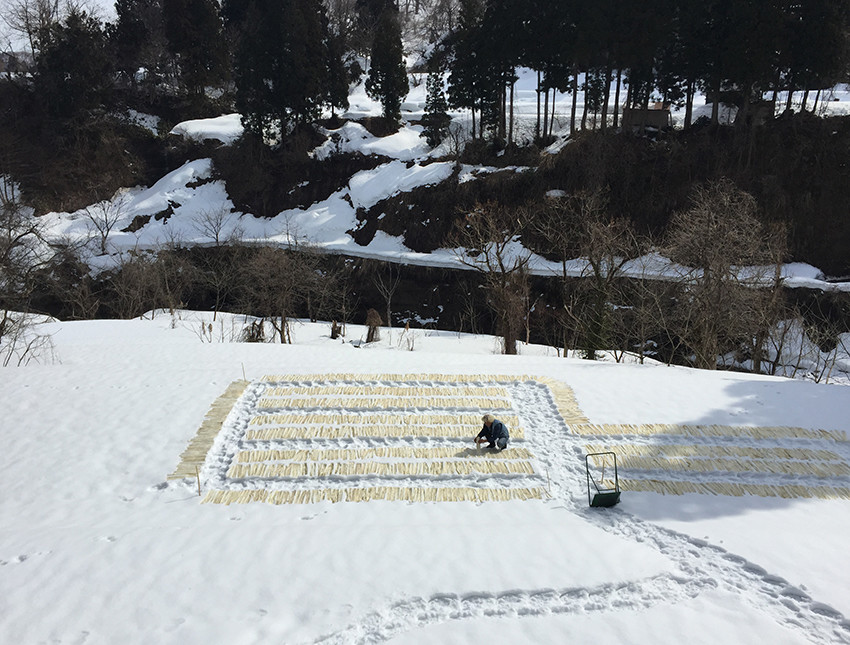

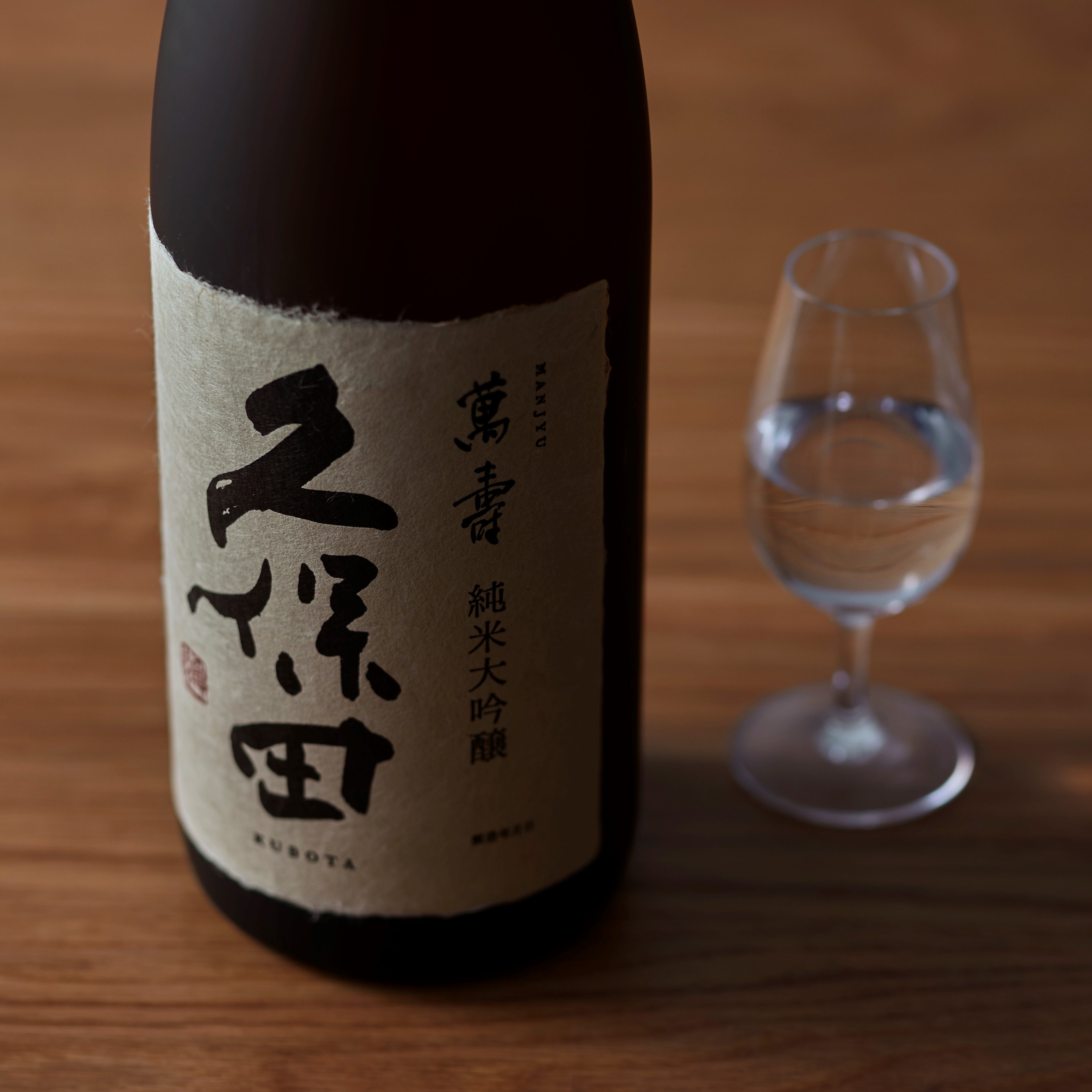





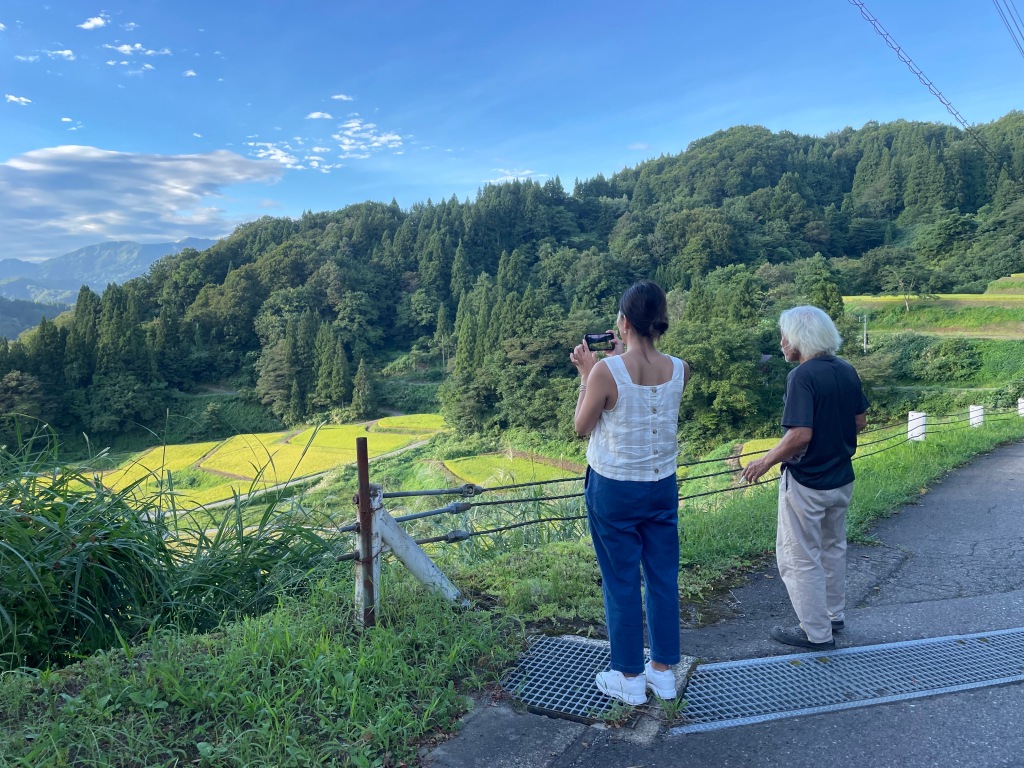



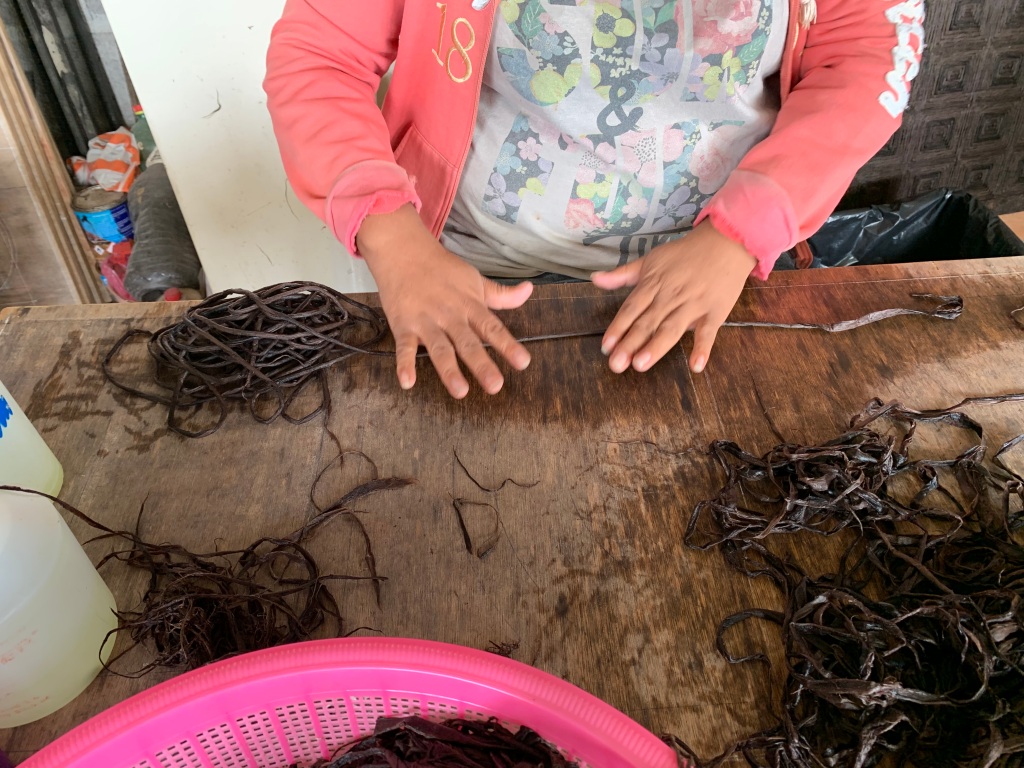

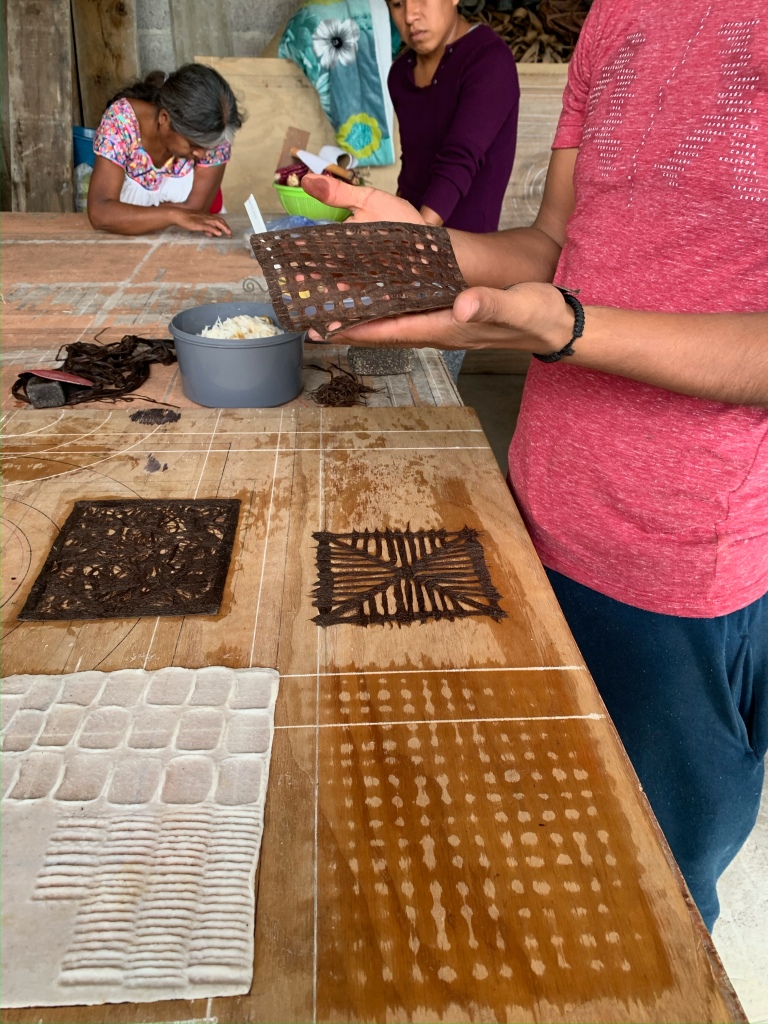









 A simply wrapped gift using Rainbow Unryu paper for our favorite (and only) overseas shipment driver, Ty.
A simply wrapped gift using Rainbow Unryu paper for our favorite (and only) overseas shipment driver, Ty.